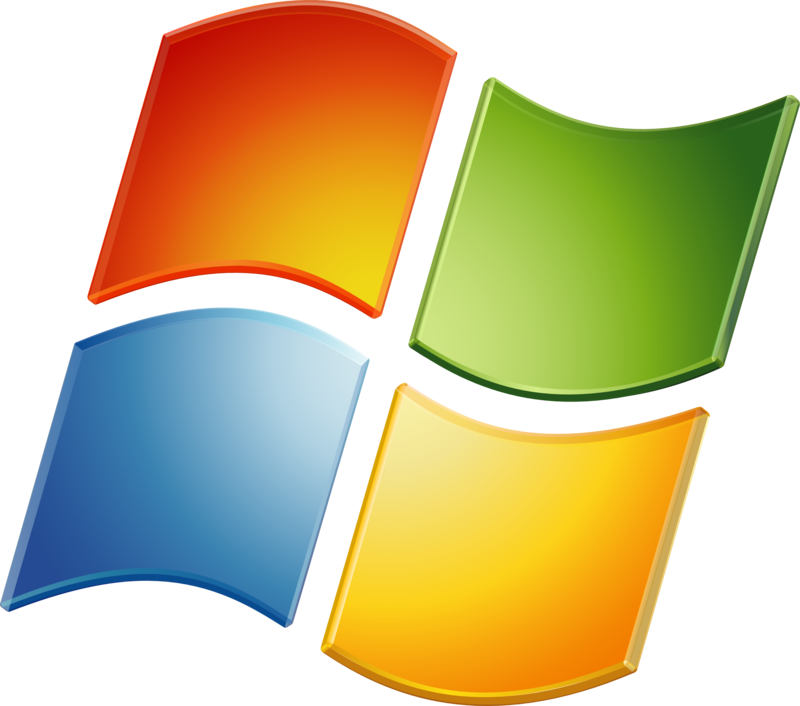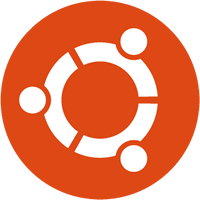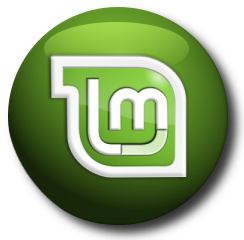1. Installation¶
1.1. Hardware Requirements and Recommendations¶
Volumetric rendering and 3D image processing are very demanding tasks both for the CPU and the GPU. For this reason, it is highly recommended to opt for high-end desktop computer. Also, both because LithoGraphX uses CUDA and because their video drivers tend to be more stable we highly recommend using NVidia GPUs.
1.1.1. Recommended configuration¶
As of July 2016, here are recommended configurations which should offer a good price/performance ratio:
1.1.1.1. Desktop Computer¶
- CPU: Intel Core i7 6700K with 32 GB of RAM
- GPU: NVidia GeForce GTX 970 with 4GB of dedicated memory
1.1.1.2. Laptop Computer¶
- CPU: Intel Core i7-4720HQ with 16 GB of RAM
- GPU: NVidia GeForce GTK 960M with 2GB of dedicated memory
1.1.2. Minimum configuration¶
1.1.2.1. Desktop Computer¶
- CPU: Intel Core i7 with 8GB to 16GB of RAM (depending on the size of your images)
- GPU: any NVidia or AMD GPU less than 5 years old.
1.1.2.2. Laptop Computer¶
- CPU: Intel Core i7 with 8GB to 16GB of RAM (depending on the size of your images)
- GPU: high-end NVidia GPU of Intel HD Graphics 4600 or more recent with the latest video drivers (tested with drivers Build 10.18.15.4248). We do not recommend AMD GPUs due to serious issues with their video drivers for laptops.
1.2. Install from binaries¶
1.2.1.  Microsoft Windows¶
Microsoft Windows¶
1.2.1.1. Quick Setup¶
- Install LithoGraphX for Windows: http://updates.lithographx.com (the default version requires an NVidia graphics cards, otherwise download the NOCUDA version)
- Install Anaconda Python 2.7 64 bits: https://www.continuum.io/downloads
1.2.1.2. Full Setup¶
If you don’t want to install Anaconda or would rather know the full list of Python modules used in LithoGraphX, please read on.
First, to run LithoGraphX, you will also need to install the 64 bits version of Python 2.7 for Windows. There are many sources from which you can download Python for windows. We recommend using Anaconda (https://www.continuum.io/downloads), as it will include by default a large number of libraries for scientific computing and machine learning. However, you can also download the official python binaries from there: Python 2.7.11 64 bits.
If you install the official python binaries, you may need to install Numpy,
SciPy and scikit-learn (all of which are provided by Anaconda) as they
are used by some macros. First, install Numpy and Scipy by downloading the
corresponding wheel files from this website:
http://www.lfd.uci.edu/~gohlke/pythonlibs/. Once the files downloaded, you can
use pip to install them. For example, at the time this is written, you will
download the files numpy-1.10.4+mkl-cp27-cp27m-win_amd64.whl for numpy,
scipy-0.17.0-cp27-none-win_amd64.whl for scipy and
pandas-0.17.1-cp27-none-win_amd64.whl for pandas. To install them, open
a command prompt and type:
pip install numpy-1.10.4+mkl-cp27-cp27m-win_amd64.whl scipy-0.17.0-cp27-none-win_amd64.whl pandas-0.17.1-cp27-none-win_amd64.whl
pip can also be used to download and install scikit-learn:
pip install scikit-learn
You will find all binary installers in the LithoGraphX update site: http://updates.lithographx.com. LithoGraphX for windows is currently compiled in two version:
- a version requiring CUDA, this is the default version.
- a version that doesn’t use CUDA, named
-NOCUDA.
Download the version you want (probably the latest) and execute it to install LithoGraphX.
Note
Since the version 1.1.1, LithoGraphX for Windows will check if a new version exist, and will offer to update your installation. Automatic checking for a new version can be tweaked/deactivated from the settings dialog box.
Hint
If you have issues, check the FAQ on installation.
1.2.2.  Linux - Ubuntu¶
Linux - Ubuntu¶
The simplest way to install LithoGraphX and to keep it up to date is to use the launchpad PPA. To use it you have two options:
From the Ubuntu Software Center, select the menu Edit->Software Sources. In the
Other softwaretab, click theAdd...button and enterppa:pierre-barbierdereuille/ppain theAPT line. For more details look at the answer of this question:http://askubuntu.com/questions/4983/what-are-ppas-and-how-do-i-use-them
The PPA offers 4 packages. The two main ones are
lithographxandlithographx-nocuda. As the name suggests,lithographx-nocudasimply doesn’t use CUDA. These two packages contain the latest tested version of LithoGraphX. The two other packages arelithographx-dailyandlithographx-nocuda-daily. As their name suggests, these two packages are compiled daily with whatever the latest version of the source code is. As such, they are not recommended for non-developers.You can use the command line and type from a terminal:
$ sudo add-apt-repository ppa:pierre-barbierdereuille/ppa $ sudo apt-get update $ sudo apt-get install lithographx
Hint
If you have issues, check the FAQ on installation.
Important
After installing LithoGraphX on Linux, you need to configure the Alt key.
1.2.3.  Linux - other¶
Linux - other¶
If you don’t use an Ubuntu-derived distribution but still a debian-derived one, you can obtain the source package and build it yourself:
Enable source downloading for the PPA:
$ sudo add-apt-repository -s ppa:pierre-barbierdereuille/ppa
Create a folder where you are going to build the package. From this folder, type:
$ apt-get source -b lithographx
If you have problems building, or want to adjust the dependencies for your system, you can also first get the source code:
$ apt-get source lithographx
Make the necessary adjustments to the package, and build it. For the version 1.1.0, you can build the package with:
$ cd lithographx-1.1.0 $ dpkg-buildpackage -us -uc -nc
The debian package will be created in the folder containing
lithographx-1.1.0.
For non-debian based systems, you will need to install from source. If you need help doing so, do not hesitate to contact us.
Important
After installing LithoGraphX on Linux, you need to configure the Alt key.
1.3. Install from source¶
First, you need to retrieve the source code, which is hosted by BitBucket: https://bitbucket.org/PierreBdR/lithographx
Then, you need to follow the instructions for your operating system.
1.3.1. Requirements¶
To compile LithoGraphX you will need the following programs installed (more recent versions should work too):
- g++ 4.8: https://gcc.gnu.org/
- cmake 2.8.11: http://www.cmake.org
- Qt 5.2 or greater with OpenGL module: http://www.qt.io
- CImg: http://cimg.sourceforge.net/
- GNU Scientific Library 1.16: http://www.gnu.org/software/gsl/gsl.html
- LibTIFF v4 from http://libtiff.maptools.org/
- python 2.7 or 3.4+: http://www.python.org
- sip 4.15: http://www.riverbankcomputing.com/software/sip/download
- PyQt 5.2: http://www.riverbankcomputing.com/software/pyqt/download5
- cuda: https://developer.nvidia.com/cuda-zone
To run some of the macros, you will need:
- NumPy 1.8: http://www.numpy.org
- SciPy 0.13: http://www.scipy.org
- Pandas 0.17: http://pandas.pydata.org
- scikit-learn 0.16: http://scikit-learn.org
To generate the documentation, you will need:
- doxygen: http://www.stack.nl/~dimitri/doxygen/
- sphinx: http://sphinx-doc.org/
1.3.2.  Installation on Linux¶
Installation on Linux¶
If using Ubuntu, or probably any debian-derived system, you will find a list of packages to install in the file called ubuntu-packages.txt at the root of the source tree.
In the list of dependencies, the packages nvidia-cuda-toolkit may be
replaced with any package from NVidia (e.g. cuda-7-0), or simply by
libthrust-dev if you want to compile without CUDA.
For other distribution, you will need to find equivalent packages.
1.3.2.1. Configuration¶
Create a folder in which the application will be built. Then, using
cmake-gui, select the source and build directories. Make sure
CMAKE_BUILD_TYPE is set to Release, and select the modules you want to
build by checking the variables starting with BUILD_. When configuring, more
options may appear (in red), in this case, just configure again, until you have
no error and no red line. When that is done, click the Generate button.
1.3.2.2. Compilation¶
Open a shell in the build folder and simply use make. To speed up
compilation, you can choose to use parallel compilation with the -j options.
For examplem to use 8 compilation processes in parallel, type: make -j8.
1.3.3.  Installation on Windows¶
Installation on Windows¶
Configuring your development environment for Windows is a complex task. We are using gcc for the compilation (to be able to use the GNU Scientific Library), but at the same time, python and CUDA require the use of Visual Studio (at least by default). For that reason, windows has its own page:
1.4. Configuring the Operating System¶
1.4.1. Configuring the Alt key under Linux¶
Most window manager are configured to use the Alt key in combination with the
mouse to move or resize windows. On the other hand, LithoGraphX uses the Alt
key to interact with the mesh and the stack. So to use LithoGraphX, the window
manager needs to be configured to use another key, such as the Super or Meta
key (i.e. the window key on your keyboard). Here is how to do it on some common
window manager:
 Cinnamon
Cinnamon- In the system settings, find the
Windowssettings. There, change the mouse modifier key fromAlttoSuper.


